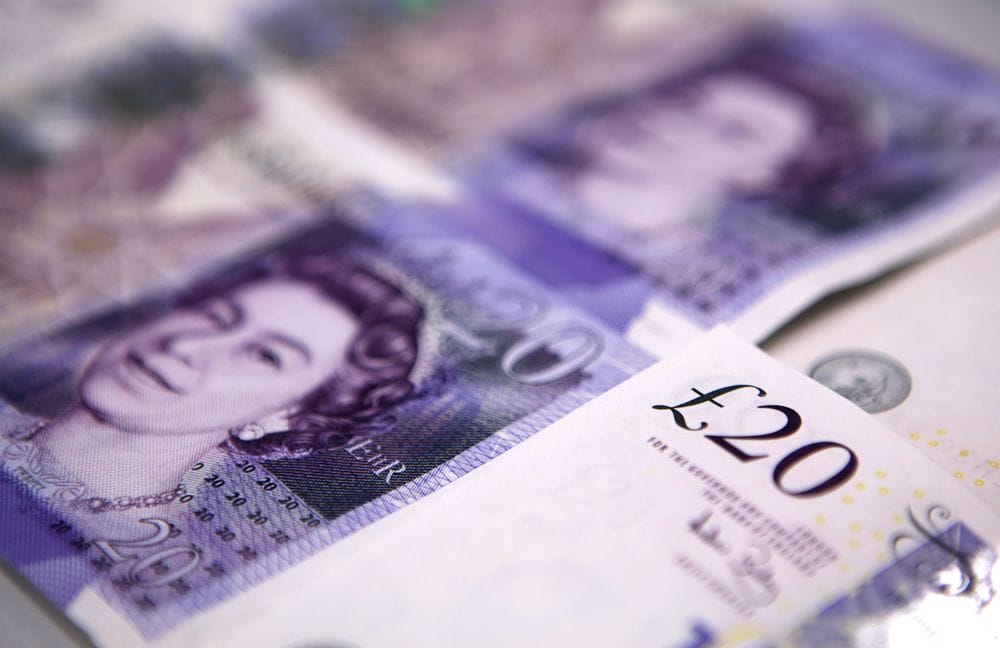Card-only venues amidst a digital payment revolution.

In the dynamic world of retail, two seasoned experts, Glynn Davis and Matthew Valentine, go head-to-head each month. With sharply contrasting opinions, they dissect the hottest retail topics.
This month, they spar over card-only venues.
Get ready for Glynn Davis and Matthew Valentine’s clash of perspectives in this edition of “Retail Face-Off.”
Pros by Glynn Davis:
If you were to create a form of payment today it would likely be one that is in a digital format, does not need to be manufactured, and does not have the complications of requiring actual physical handling and all the issues of storage and security measures that this brings with it.
Thankfully we have exactly that in the form of contactless payments and it has gradually made the use of physical cash redundant for businesses. The use of digital payments is so much cleaner and more efficient. This scenario has only come about in recent years though – and accelerated dramatically during Covid-19 when many more places chose to not accept grubby coins and notes for fear of spreading the pandemic. This scenario was not a great advert for cash.
The reality is that when contactless payments first emerged there was a reluctance to adopt them by retailers because of the onerous transaction fees they were charged by their banks and the paucity of cards in issue that led to minimal usage by customers. But over time the contactless card became ubiquitous and fees dropped dramatically.
We could almost argue that the contactless card has been superseded for many people by the digital wallet. In many retail and hospitality venues you are more likely to find mobile phones being used to pay than contactless cards.
The infrastructure involved with accepting cash is all so much more hassle than for contactless and digital payments. The till systems require cash holding capabilities and that tedious process of cashing-up has to be undertaken at the end of a shift – and the cash then safely distributed to a bank. The chance of violence and theft is so dramatically higher when cash is involved. In contrast, the contactless solution requires nothing more than a card reader powered by a simple bit of software held in the cloud – and all costing relatively little.
Businesses can also benefit from this move away from cash by collecting swathes of data that can be accrued with digital transactions. By encouraging customers to make in-store transactions through apps and other intermediary technology such as QR codes it is possible to link purchases to the individual shopper. This mixing of digital and physical is very powerful. Myriad data points can be determined, which can then be used to deliver some incredibly valuable insights and also boost the experience for customers.
Any new business setting up shop today would choose not to take cash for the many reasons outlined. As established businesses unshackle themselves from their legacy systems that have been holding them back and embrace digital this transformational process will absolutely include them removing cash.
Cons by Matthew Valentine:
Logic is a fantastic tool for decision-making, but it can also be a destructive force when it comes to customer service.
The current move to ‘card-only’ payments is a good example. On the face of things a cash-free retail operation is a logical decision. Most people have contactless cards now; getting rid of cash frees retailers from needing a physical till, from having to keep a float, from ‘cashing up’ at the end of the day or queuing at the bank to deposit takings. There is less chance of error, less danger of robbery.
But logic doesn’t account for preferences, and card-only stores alienate customers who don’t fit into that ‘most people’ category. At a time when inclusivity is a basic watchword, this is a very exclusionary policy. It especially penalises those on low incomes.
Throughout society there are people without contactless cards, and those who still don’t trust them. Some customers may be stuck with ‘outdated’ habits, but that is no reason to exclude them from spending their money.
There is plenty of evidence that many people prefer to use cash when they are sticking to a budget, taking only what they can afford to spend when visiting a store. At the Retail Technology Show last year I spoke to cash specialists who were seeing increased use of ‘real’ money during the economic downturn, for exactly that reason – marking a turnaround from a gradual decrease in cash spending that had occurred over the years.
For the (many) people who are currently struggling with the cost of living crisis, cash can be a lifesaver. If, say, a family member tries to help them out by transferring some money to their account, it might be eaten up to pay off an overdraft. If they give cash, it can be spent on groceries.
The UK has a sizeable – but naturally unrecorded – cash economy, with peer-to-peer transactions arranged online or at events such as car boot sales. There are even grass roots campaigns in many areas, calling for shoppers to spend cash when using local retailers, to save them from transaction fees. Are retailers really saying they want to opt out from that economy by denying customers the ability to spend cash?
Like many other logical decisions, the choice to stop accepting cash payments is driven entirely by what is easiest for a retailer, and not by what is wanted by their customers.
Telling a customer that their money isn’t good enough is an effective way to ensure that they don’t darken your door again, even if they do have a debit card the next time they leave home.
Perhaps the most famous exponent of logical decision-making in popular culture is of course Mr Spock from Star Trek. You might trust him to run your accounts, but surely not your customer service department. He would surely get rid of cash transactions on his first day.
